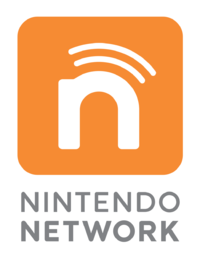Nintendo Network was a service from Nintendo that allowed for the Nintendo Wii U and Nintendo 3DS consoles and some of their respective software to connect to the Internet. Launched as the successor to the Nintendo Wi-Fi Connection, it became public on January 26, 2012.
Compared to how Nintendo Wi-Fi Connection attempted to keep users anonymous and private, Nintendo Network used an account-based system; in addition, Nintendo Network boasted multiple features previously not seen in Nintendo Wi-Fi Connection, such as the ability to patch released software over the internet.
In addition to these networking capabilities, Nintendo Network also covered the operations of Miiverse; in addition to formerly allowing for the formation of communities, Masahiro Sakurai and other developers had notably used the service to showcase images of games currently in development.
Nintendo had elected to not use the Nintendo Network with the Nintendo Switch family of systems, instead moving forward with the Nintendo Account service. This service functions similarly to Nintendo Network, except that it can be accessed through almost any electronic device with internet capabilities, allowing for more robust utility and more applications overall.
Online support for Nintendo Network ended on April 8th, 2024, making it impossible to officially play Super Smash Bros. 4 online.[1] However, thanks to hacks and exploits, particularly Pretendo, players can continue playing compatible games via private servers, and emulators like Cemu also support online play for Super Smash Bros. for Wii U, along with other benefits.
In Super Smash Bros. 4Edit
Super Smash Bros. 4 used the service for its online multiplayer. A Nintendo Network account was also required in order to play the game online.
Due to advances in the Nintendo Network's infrastructure compared to the Nintendo Wi-Fi Connection, both the Wii U and 3DS versions of the game received updates as to improve the base game.
The pre-release box art of the Wii U version had a Nintendo Network logo, but it was replaced by the amiibo logo in the final box art.
